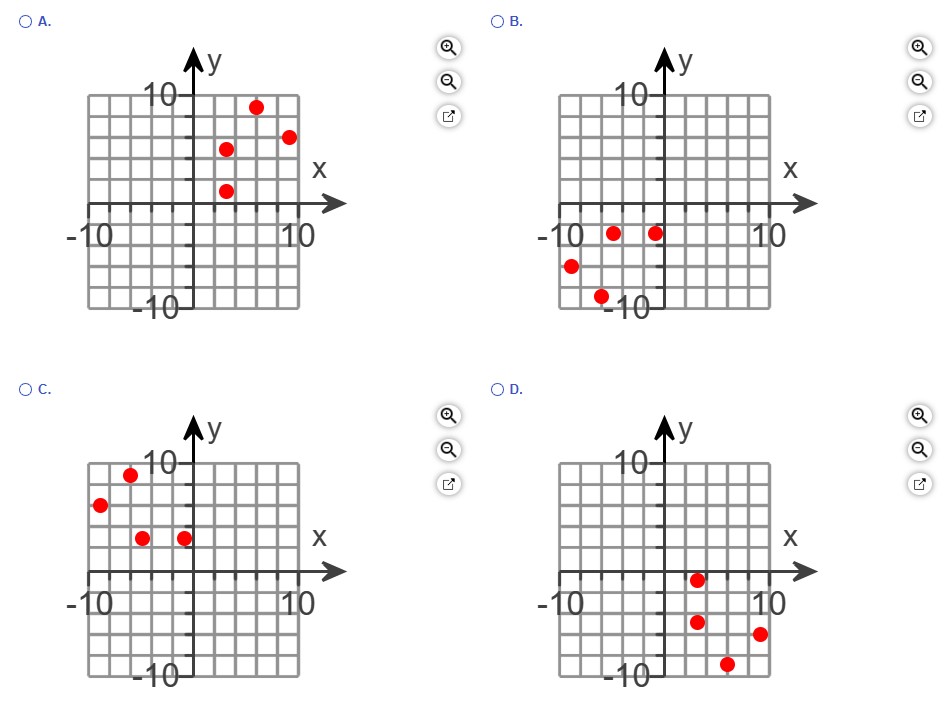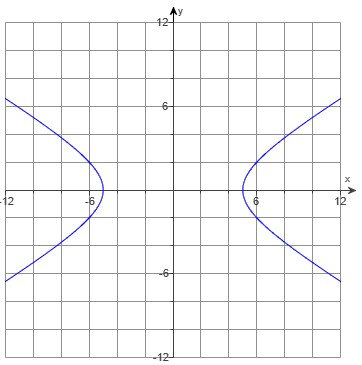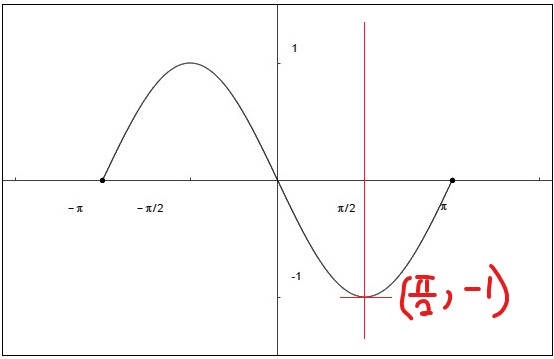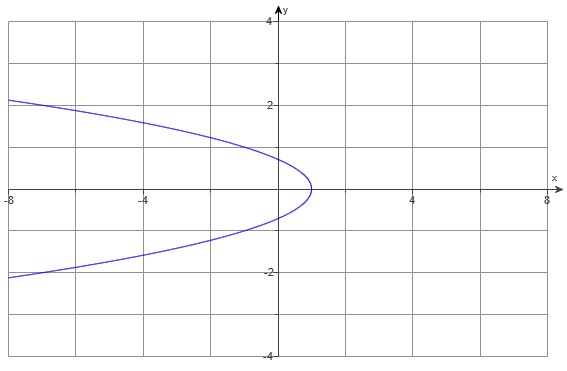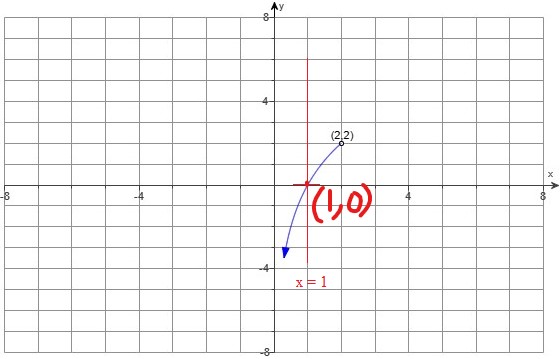(1.) Write these inequalities in interval notation.
$ (a.)\;\;-3 \lt x \lt 5 \\[3ex] (b.)\;\;-3 \le x \lt 5 \\[3ex] (c.)\;\;-3 \lt x \le 5 \\[3ex] (d.)\;\;-3 \le x \le 5 \\[3ex] (e.)\;\; x \lt 5 \\[3ex] (f.)\;\; x \gt 5 \\[3ex] (g.)\;\; x \le 5 \\[3ex] (h.)\;\; 5 \ge x \\[3ex] (i)\;\; 5 \gt x \\[3ex] (j.)\;\; 5 \lt x \\[3ex] (k.)\;\; 5 \le x \\[3ex] $
$ (a.) \\[3ex] -3 \lt x \lt 5 \\[3ex] (-3, 5) \\[3ex] (b.) \\[3ex] -3 \le x \lt 5 \\[3ex] [-3, 5) \\[3ex] (c.) \\[3ex] -3 \lt x \le 5 \\[3ex] (-3, 5] \\[3ex] (d.) \\[3ex] -3 \le x \le 5 \\[3ex] [-3, 5] \\[3ex] (e.) \\[3ex] x \lt 5 \\[3ex] (-\infty, 5) \\[3ex] (f.) \\[3ex] x \gt 5 \\[3ex] (5, \infty) \\[3ex] (g.) \\[3ex] x \le 5 \\[3ex] (-\infty, 5] \\[3ex] (h.) \\[3ex] 5 \ge x \;\;means\;\;that\;\; x \le 5 \\[3ex] (-\infty, 5] \\[3ex] (i.) \\[3ex] 5 \gt x \implies x \lt 5 \\[3ex] (-\infty, 5) \\[3ex] (j.) \\[3ex] 5 \lt x \implies x \gt 5 \\[3ex] (5, \infty) \\[3ex] (k.) \\[3ex] 5 \le x \implies x \ge 5 \\[3ex] [5, \infty) $
$ (a.)\;\;-3 \lt x \lt 5 \\[3ex] (b.)\;\;-3 \le x \lt 5 \\[3ex] (c.)\;\;-3 \lt x \le 5 \\[3ex] (d.)\;\;-3 \le x \le 5 \\[3ex] (e.)\;\; x \lt 5 \\[3ex] (f.)\;\; x \gt 5 \\[3ex] (g.)\;\; x \le 5 \\[3ex] (h.)\;\; 5 \ge x \\[3ex] (i)\;\; 5 \gt x \\[3ex] (j.)\;\; 5 \lt x \\[3ex] (k.)\;\; 5 \le x \\[3ex] $
$ (a.) \\[3ex] -3 \lt x \lt 5 \\[3ex] (-3, 5) \\[3ex] (b.) \\[3ex] -3 \le x \lt 5 \\[3ex] [-3, 5) \\[3ex] (c.) \\[3ex] -3 \lt x \le 5 \\[3ex] (-3, 5] \\[3ex] (d.) \\[3ex] -3 \le x \le 5 \\[3ex] [-3, 5] \\[3ex] (e.) \\[3ex] x \lt 5 \\[3ex] (-\infty, 5) \\[3ex] (f.) \\[3ex] x \gt 5 \\[3ex] (5, \infty) \\[3ex] (g.) \\[3ex] x \le 5 \\[3ex] (-\infty, 5] \\[3ex] (h.) \\[3ex] 5 \ge x \;\;means\;\;that\;\; x \le 5 \\[3ex] (-\infty, 5] \\[3ex] (i.) \\[3ex] 5 \gt x \implies x \lt 5 \\[3ex] (-\infty, 5) \\[3ex] (j.) \\[3ex] 5 \lt x \implies x \gt 5 \\[3ex] (5, \infty) \\[3ex] (k.) \\[3ex] 5 \le x \implies x \ge 5 \\[3ex] [5, \infty) $
(2.) Write these intervals in set notation:
$ (a.)\;\; (7, 9) \\[3ex] $
$ (a.) \\[3ex] (7,9) = \{x| 7 \lt x \lt 9\} \\[3ex] $
$ (a.)\;\; (7, 9) \\[3ex] $
$ (a.) \\[3ex] (7,9) = \{x| 7 \lt x \lt 9\} \\[3ex] $

